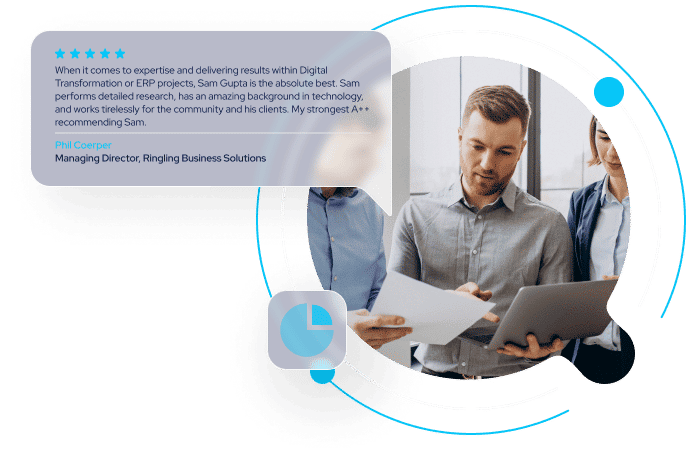Download the Research Note
Top HCM Software in 2024
Are you eager to explore the top HCM software for 2024? Are you confused about the different available HCM software options? Struggling to compose quantifiable criteria to compare HCM and HRIS options? Do you know the common pitfalls that lead to HCM implementation failures? Interested in discovering best practices for selecting the right HCM system? If so, you’re in the right place!
This concise research note, produced independently without vendors’ influence, spans over seven pages. It offers in-depth context on our quadrant for the top HCM software for 2024. Outlining our research methodology, it details the key variables used in the evaluation and provides guidance on interpreting our quadrant rankings. Additionally, it explores which regions are best suited for different business sizes and industry segments. Outlined recommendations for compiling a long list of HCM solutions will help with further assessment. Lastly, the report provides insights into the ideal market segments for each HCM system. But that’s not all. It also highlights their track record of success and any portfolio updates that may have influenced their rankings compared to the previous year.
To create this report, we actively monitor leading HCM software through a variety of sources, including surveys, interviews, panel discussions, proprietary databases, customer inquiries, industry reports, vendor briefings, and user forums. This guide is specifically designed for HCM buyers seeking insights into the top HCM software, including their strengths and limitations.
Questions this report will answer:
Why is HCM software considered to have a unique position in enterprise architecture?
What regulatory challenges necessitate a dedicated HCM system separate from ERP?
How do smaller companies typically handle HR functions before transitioning to a full HCM solution?
What drives the need for more sophisticated HCM software as companies grow?
Why is confidentiality a major concern in managing HR data?
How do varying state and country regulations affect HCM system requirements?
In what ways do HCM, ERP, and CRM systems overlap or interconnect?
How can union reporting requirements influence the integration of HCM with ERP?
What are the potential consequences of choosing HCM software not tailored to your industry?
What features should companies look for in an HCM system to address regulatory needs?
Why might embedded employee data be necessary in certain ERP processes?
This is Our
Case Study
A brief walkthrough of a recent customer who went through the process of developing the strategy to transform their current eCommerce operations to include a buy-online-and-pick-up-in-store and buy-in-store-ship-to-home business model.

Problem
A leading fashion retailer with more than 30 stores throughout the United States was struggling with the customer experience and accommodation of business models such as buy-online-pick-up-in-store due to disconnected eCommerce and fulfillment systems. They needed omnichannel experience that could transform their experience and help them compete with their larger peers.
Solution
They hired ElevatIQ to assess their as-is and to-be state and come up with the strategy to enable the needed experience. Through the series of workshops and secondary research of their data, ElevatIQ formulated a strategy with the changes in business processes, information architecture, and systems.
Outcome
The strategy resulted in a clear alignment of their executive teams with a refined understanding of their business processes and operations. The strategy also resulted in a clear understanding of the investments and solutions required to implement the strategy.


